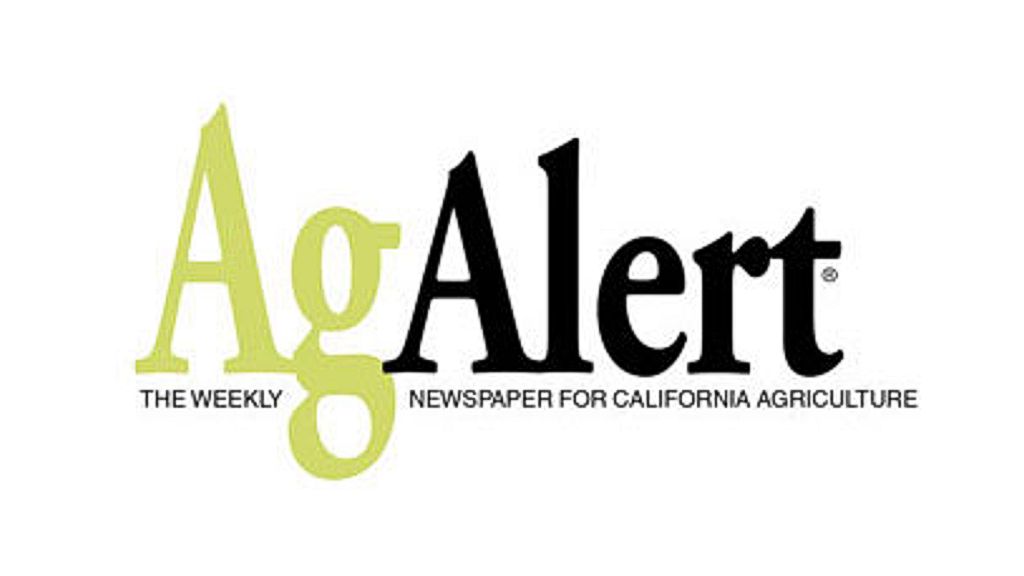Warning that California needs a concerted plan to adapt its aging water system to meet “significant and steadily mounting water insecurity issues” in the 21st century, the California Farm Bureau Federation has reiterated its support for two federal reservoir-expansion proposals.
In separate comment letters, CFBF backed plans by the U.S. Bureau of Reclamation to increase the capacity of Lake Shasta Reservoir and San Luis Reservoir.
The Shasta project involves raising the 602-foot-tall dam by 18.5 feet, or 3%, to increase water storage in Shasta Lake by 634,000 acre-feet. The Bureau of Reclamation says dedicated environmental storage from the expanded reservoir would improve water quality in the Sacramento River below the dam, by lowering water temperatures for survival of fish such as chinook salmon and others that migrate from the ocean to rivers to spawn. In addition, the agency said, the project would improve operational flexibility for the Sacramento-San Joaquin Delta watershed downstream.
“Just as Shasta Dam and Lake are and have long been a cornerstone of California’s existing statewide water system, a modest expansion in this critical location is an indispensable part of any meaningful statewide water infrastructure adaptation strategy for the future,” CFBF wrote in its comments, filed last week.
Justin Fredrickson, California Farm Bureau Federation environmental policy analyst, said the Shasta expansion project has been talked about and studied for years, noting that it was among a handful of surface storage projects identified in the late 1990s and early 2000s through the Cal-Fed Bay-Delta Program, a cooperative state-federal planning effort intended to protect the delta and provide water for urban and agricultural purposes.
The Shasta project has also drawn opposition.
California Attorney General Xavier Becerra said the project “poses significant adverse effects on the free-flowing condition of the McCloud River and on its wild trout fishery” and would impact fisheries habitats and sacred tribal sites.
Becerra asserted that the federal government cannot fast-track the project under the Clean Water Act because Congress hasn’t authorized the dam raise. The bureau would also need permits from the State Water Resources Control Board and other authorities to proceed.
Though some opponents of the Shasta project have cited fisheries among issues of concern, CFBF said in its comments that “between warming temperatures, shrinking snowpack, periodic drought and competing demands, the reality is that without the project it may be very difficult to sustain and recover the cold-water species in question indefinitely into the future.”
The Shasta project, CFBF said, “is perhaps as much necessary for the survival and recovery of anadromous fish, if not more so, than for any other purpose.” Meanwhile, Farm Bureau noted, variable precipitation patterns, including the possibility of larger floods, long droughts, higher temperatures and less snow, “further highlight the great importance and considerable promise of this project.”
The additional storage space identified in the project’s preferred alternative would provide about 191,000 acre-feet of cold water for fish survival and between 60,000 and 120,000 acre-feet in critical or dry years, respectively, for municipal and industrial water deliveries. The alternative also includes spawning gravel augmentation and restored riparian, floodplain and side-channel habitat in the upper Sacramento River, Fredrickson said, and is projected to boost annual in-river fish production by 171,000 fish.
Pointing out that one of the greatest constraints on Central Valley Project agricultural water reliability in recent years has been the level of summer cold-water restrictions on releases from Lake Shasta and related fisheries concerns, CFBF said it was disappointed the preferred alternative does not include a direct agricultural water-reliability component. Despite that, Farm Bureau said it anticipates indirect benefits for agricultural water contractors, due to added operational flexibility and from the increase in cold-water and municipal/industrial reserve water in dry and critical years.
CFBF also filed comments in support of a project proposed jointly by the Bureau of Reclamation and the San Luis & Delta-Mendota Water Authority to create an additional 130,000 acre-feet of storage space in San Luis Reservoir. The project would add 10 feet to the crest of B.F. Sisk Dam while implementing dam-safety modifications.
San Luis Reservoir serves as the main facility for holding water exported from the delta for the CVP and State Water Project until it can be delivered to farms and cities in Central and Southern California.
Scott Petersen, director of water policy for the San Luis & Delta-Mendota Water Authority, said the project would enhance the year-to-year reliability for water customers south of the delta.
Without the project, Petersen said, “the challenges associated with water supply reliability for communities south of the delta and in the San Joaquin Valley will continue,” adding that as implementation of the Sustainable Groundwater Management Act moves forward, “not approving this project would be another lost opportunity.”
Under current conditions, many years are very low or zero-allocation years for agricultural water contractors in the San Luis/Delta-Mendota system and south of the delta.
Fredrickson said the proposed San Luis project “offers the ability to store more carryover water that can tide you over, and gives you greater flexibility and resilience in the drier years.”
Ryan Jacobsen, chief executive officer of the Fresno County Farm Bureau, said of the reservoir-expansion projects, “The Central Valley must have more long-term reliability with its water deliveries in order to sustain our agricultural communities. In the boom-or-bust cycles of California precipitation, we have to do more to capture the water available in wet years, knowing drought is just around the corner.”
(Christine Souza is an assistant editor of Ag Alert. She may be contacted at csouza@csouza@cfbf.com.)
Permission for use is granted, however, credit must be made to the California Farm Bureau Federation when reprinting this item.
Read Original Article on AGAlert.com
But California says no!!!
Federal Central Valley Project water, that predominantly supplies people and food producers from Tracy to Bakersfield, often sits unused behind Shasta Dam until it must be released to create flood protection space. The water is not delivered from the reservoir to farmers and families in summer months when it is needed most, because deeper water equals colder water, and colder water is supposed to bring back Chinook Salmon populations (which just like the Delta Smelt, has failed for decades). Environmentalists never compromise when it comes to common sense approaches to creating new water or water management, while urban and agricultural users always come to the table with problem solving ideas. Raising Shasta Dam and enlarging the storage capacity at San Luis Reservoir are two such ideas.
Having more storage space in Shasta gives the environmentalists the cold water pools they want (even though there have been no positive results for salmon), additional cold flows to release into streams, and also allows more water to be supplied to downstream users. Being able to park more water in SLR, also reduces the need to release water from Shasta, and keeps water temperatures low. Additionally, as I think we are all aware, having additional storage space that allows us to take advantage of wet years (of which two of the past four years have been) is all this state needs to create a win win win for fish, families, and farmers.
But California says no! Lawsuits have already been flying off California Attorney General Xavier Becerra’s desk. No matter how we try to create water security in this state, California always obstructs and blocks. The good news is, I believe President Trump’s creation of a water sub-cabinet by executive order yesterday is about to change that.
~ Kristi Diener, The CA Water For Food and People Movement








